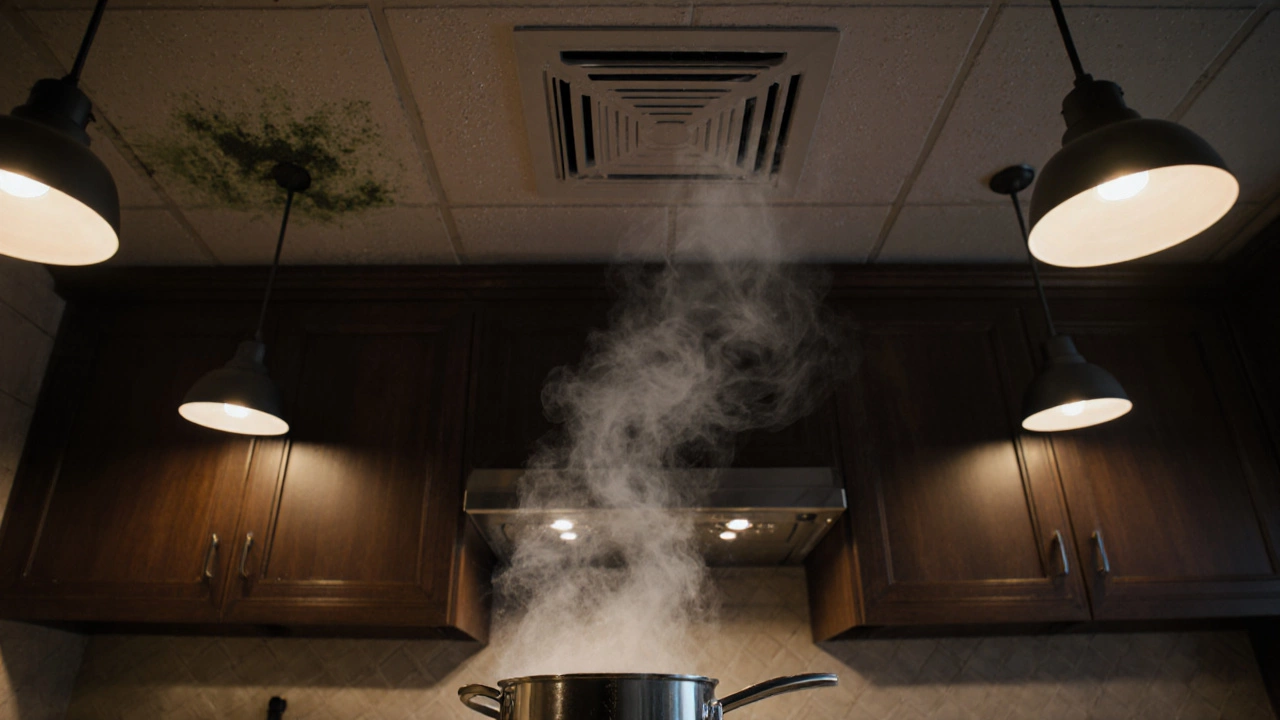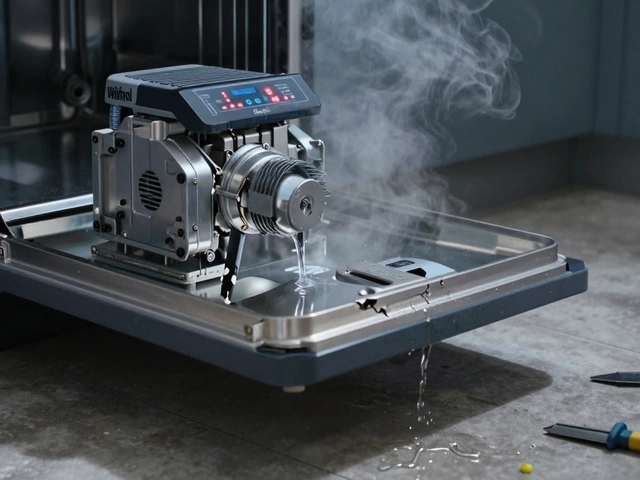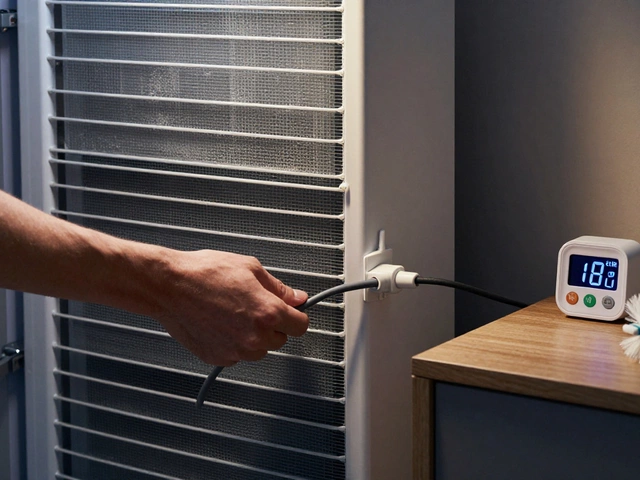Mold Growth in Home Appliances
When dealing with mold growth, the unwanted development of fungi on damp surfaces inside household appliances. Also known as appliance mold, it can damage parts, cause odors, and affect health. Mold growth encompasses moisture buildup, lack of airflow, and organic residue, so tackling it means controlling those three factors. Washing machine, a common source of standing water that encourages fungi often shows mold around the door seal and detergent drawer. Refrigerator, another humidity‑rich zone where spills and frost can feed mold may develop a fuzzy film on shelves or inside the drip pan. Dishwasher, with its warm wash cycles, can become a breeding ground if the filter isn’t cleaned. The good news is that appliance maintenance, regular cleaning, proper venting, and timely repairs reduces the risk dramatically. In short, mold growth requires proper ventilation, routine upkeep, and quick action when you spot the first sign.
Understanding how each appliance contributes to the problem helps you target the right fix. A washing machine door gasket that stays damp after each cycle is a perfect invitation for spores; wiping it dry and leaving the door ajar after use cuts moisture in half. Refrigerators often have a hidden drain tube; if it clogs, water pools and molds the back wall—clearing the tube and setting the temperature a few degrees colder stops the spread. Dishwashers benefit from a monthly run of hot water with a cup of white vinegar; the acidity dissolves film and kills lingering fungi. Beyond cleaning, the simple act of ensuring good airflow—by not stacking appliances too close, keeping vents clear, and using dehumidifiers in damp kitchens—creates an environment where mold struggles to survive. When you combine these steps with a proactive maintenance schedule, you’re essentially applying a preventive shield that stops mold before it takes hold.
Below you’ll find practical guides that walk you through the most common mold‑related issues for each major appliance, plus tips on how to keep your whole home dry and fresh. Whether you’re looking for a quick fix for a fuzzy fridge shelf or a full‑scale maintenance plan to protect your washing machine, the articles ahead cover diagnosis, DIY remedies, and when it’s time to call a professional. Dive in and arm yourself with the knowledge to banish mold growth for good.
What Happens When You Skip an Extractor Fan? Risks and Fixes
- Alden Wilder
- Oct 25 2025
- 0 Comments
Skipping an extractor fan leads to mold, odors, higher energy bills, and possible code violations. Learn the risks, health impacts, and practical fixes for a healthier kitchen.
View More




